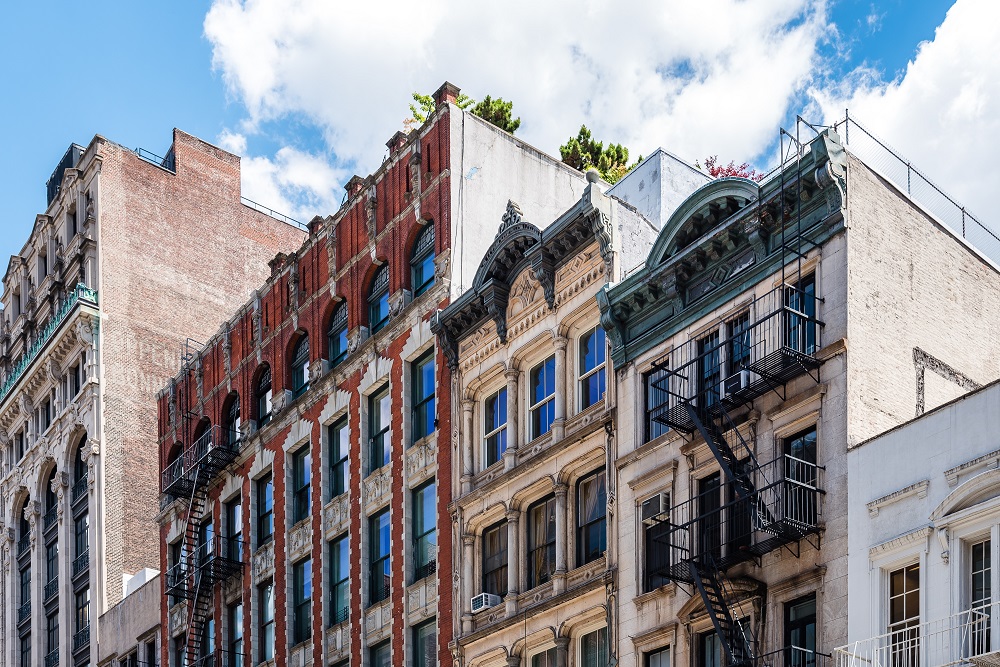Historic Preservation
What is Historic Preservation?
Historic preservation is the practice of identifying, protecting, and conserving buildings, structures, sites, and landscapes of historical, cultural, and architectural significance for present and future generations. It involves a range of activities aimed at safeguarding the built heritage and tangible remnants of the past, including restoration, rehabilitation, adaptive reuse, and interpretation. Historic preservation seeks to celebrate and honor the legacy of past generations, promote cultural identity and continuity, and enhance the quality of life in communities by preserving their unique historic character and sense of place.
At its core, historic preservation is guided by principles of stewardship, sustainability, and social responsibility, recognizing the value of historic resources as irreplaceable assets that contribute to the cultural, economic, and social vitality of communities.
Why learn Historic Preservation nowadays?
Learning about historic preservation is essential for architects, planners, historians, conservators, and community leaders who are interested in protecting and celebrating the heritage of their communities. In today’s rapidly changing world, where development pressures, urbanization, and globalization pose threats to historic resources, a strong foundation in historic preservation is critical for fostering a deeper appreciation of the past, preserving cultural identity, and promoting sustainable development. Here are several reasons why learning about historic preservation is important:
Firstly, historic preservation fosters a sense of continuity and connection to the past by preserving tangible reminders of our shared cultural heritage. By safeguarding historic buildings, neighborhoods, and landscapes, preservation efforts provide a tangible link to the stories, traditions, and experiences of past generations, enriching our understanding of history and identity.
Secondly, historic preservation contributes to the economic vitality and sustainability of communities by promoting heritage tourism, cultural entrepreneurship, and downtown revitalization. Historic buildings and districts are often significant economic assets, attracting visitors, businesses, and investment to communities, and serving as focal points for cultural and commercial activity.
Moreover, historic preservation promotes environmental sustainability and resilience by advocating for the adaptive reuse and rehabilitation of existing buildings and infrastructure. By repurposing historic structures for new uses, rather than demolishing them and building anew, preservationists reduce waste, conserve embodied energy, and minimize carbon emissions associated with new construction, contributing to climate change mitigation and resource conservation.
Work in Historic Preservation
Engaging in historic preservation offers various career opportunities for individuals passionate about conserving and celebrating the built heritage of communities. Here are some key areas where professionals can find fulfilling work in historic preservation:
· Architectural Conservation: Conservation architects specialize in the preservation, restoration, and adaptive reuse of historic buildings and structures. They assess the historical significance and condition of historic properties, develop conservation plans, and oversee restoration projects to ensure that they comply with preservation standards and guidelines.
· Historic Research and Documentation: Historians and researchers conduct archival research, field surveys, and documentation of historic buildings, neighborhoods, and landscapes. They investigate the historical context, significance, and evolution of historic properties, compiling records, photographs, and oral histories that contribute to the understanding and appreciation of local history and heritage.
· Heritage Conservation Planning: Conservation planners develop comprehensive plans and policies for the preservation and management of historic resources within communities. They work with government agencies, preservation organizations, and community stakeholders to identify and prioritize historic resources, develop preservation goals and strategies, and integrate preservation considerations into land use planning, zoning regulations, and development review processes.
· Cultural Resource Management: Cultural resource managers oversee the identification, evaluation, and protection of historic resources on public and private lands. They conduct surveys, assessments, and impact studies to identify and evaluate the significance of archaeological sites, historic buildings, and cultural landscapes, ensuring compliance with federal, state, and local preservation laws and regulations.
· Heritage Tourism and Interpretation: Heritage tourism professionals promote and manage tourism initiatives that highlight the cultural and historical significance of communities. They develop interpretive programs, exhibits, and guided tours that engage visitors and residents in exploring local history, architecture, and heritage sites.
· Preservation Advocacy and Outreach: Preservation advocates and community organizers work to raise awareness, build support, and mobilize action for historic preservation initiatives. They engage with local residents, community groups, and stakeholders to advocate for the protection of historic resources, organize events and activities that celebrate local heritage, and build coalitions to advance preservation goals and priorities.
In summary, engaging in historic preservation offers diverse career pathways in architecture, history, planning, tourism, advocacy, and cultural resource management, providing opportunities to contribute to the conservation and celebration of the built heritage of communities. Whether through design, research, planning, advocacy, or interpretation, professionals in historic preservation play a vital role in safeguarding the legacy of the past and shaping the future of our built environment.


